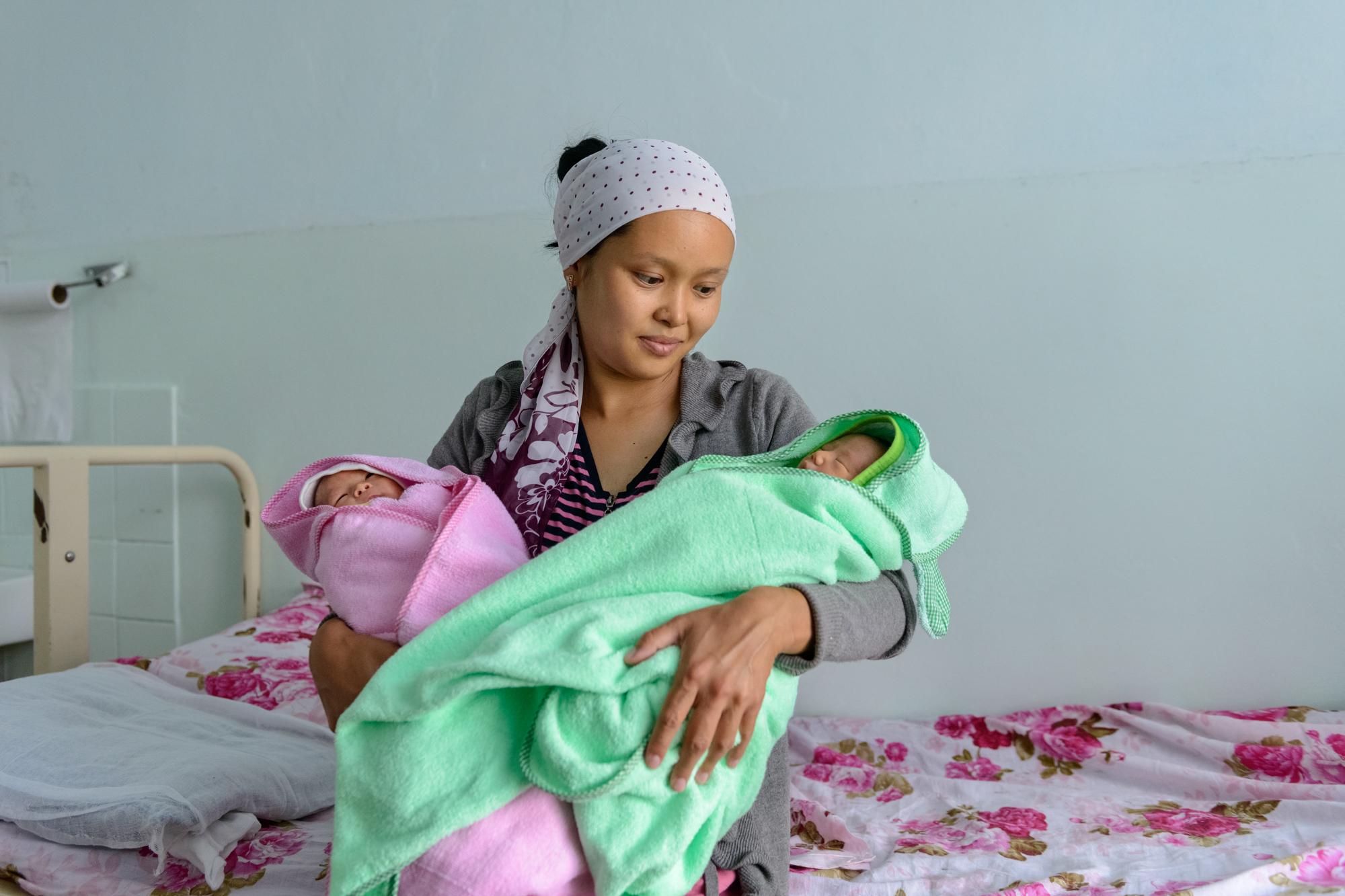
A large number of countries in which we work have shifted their HMIS (health management information system) onto DHIS2 — a popular open source software tool developed by the University of Oslo. Often, the data platform also becomes the country’s de-facto health system data warehouse.
While using DHIS2 has many clear advantages, one major benefit for countries is that it allows for the integration of multiple vertical data systems into a single data platform. In other words, data collected through one system becomes available to all through a centralized hub. For example, HIV, TB (tuberculosis), NCD (non-communicable disease) specific data systems can now be merged into the national DHIS2.
However, DHIS2 does not solve the issue of data reliability. Meaning that the technology alone cannot solve issues related to the poor quality of reported data, irregular reporting and perverse incentives. But results-based-financing (RBF) can.
RBF adds value to routine data systems in three concrete ways:


To recap, the integration of RBF and DHIS2 platforms is of high value to HMIS data. It brings better, verified data, and a new large routine service availability and readiness data set.
As a result, several countries, including Benin, Democratic Republic of Congo, and Kenya are asking us to connect and integrate RBF and DHIS2 platforms. This interoperability requires an alignment of the health system hierarchy (the org unit hierarchy in DHIS2) and an alignment of the RBF “indicators” with the DHIS2 “data elements”.
Once this is in place, interoperability has several advantages:
First, declared data from health care providers is collected only once through the HMIS. Secondly, the national DHIS2 platform is used for RBF monitoring and evaluation (M&E). Third, any “RBF” data (verified, quality of care, patient feedback) is available for any other program in the DHIS2 platform.

But, the biggest advantage is yet to come. By bringing HMIS and RBF data together, countries will be able to: combine routine verified output data for coverage measurement with routine service availability and readiness data in a way that will help constantly monitor primary health care vital signs in a totally new way.
Written by Nicolas de Borman, Founder & CEO of BlueSquare. Find him on LinkedIn here and Twitter here.